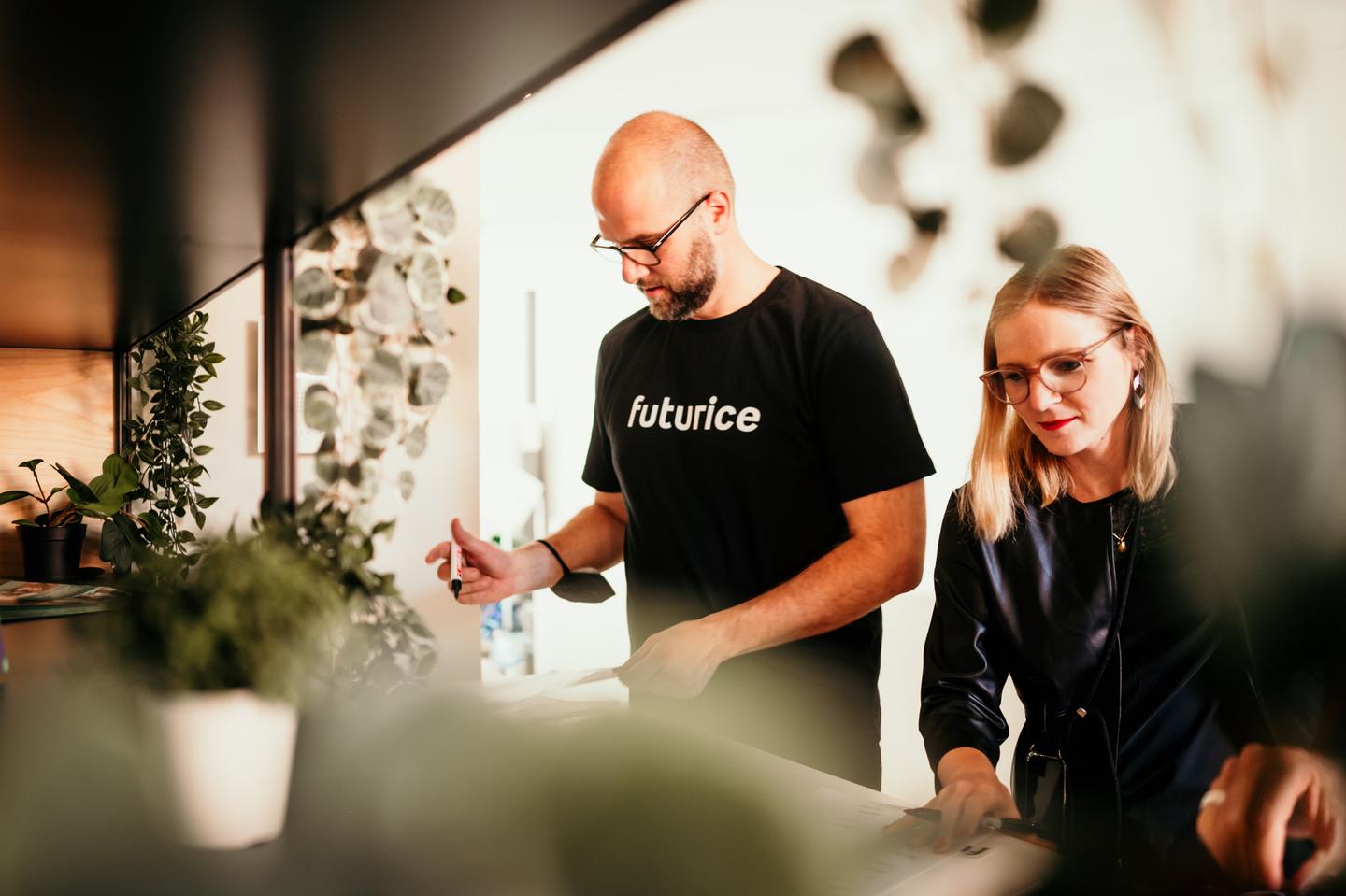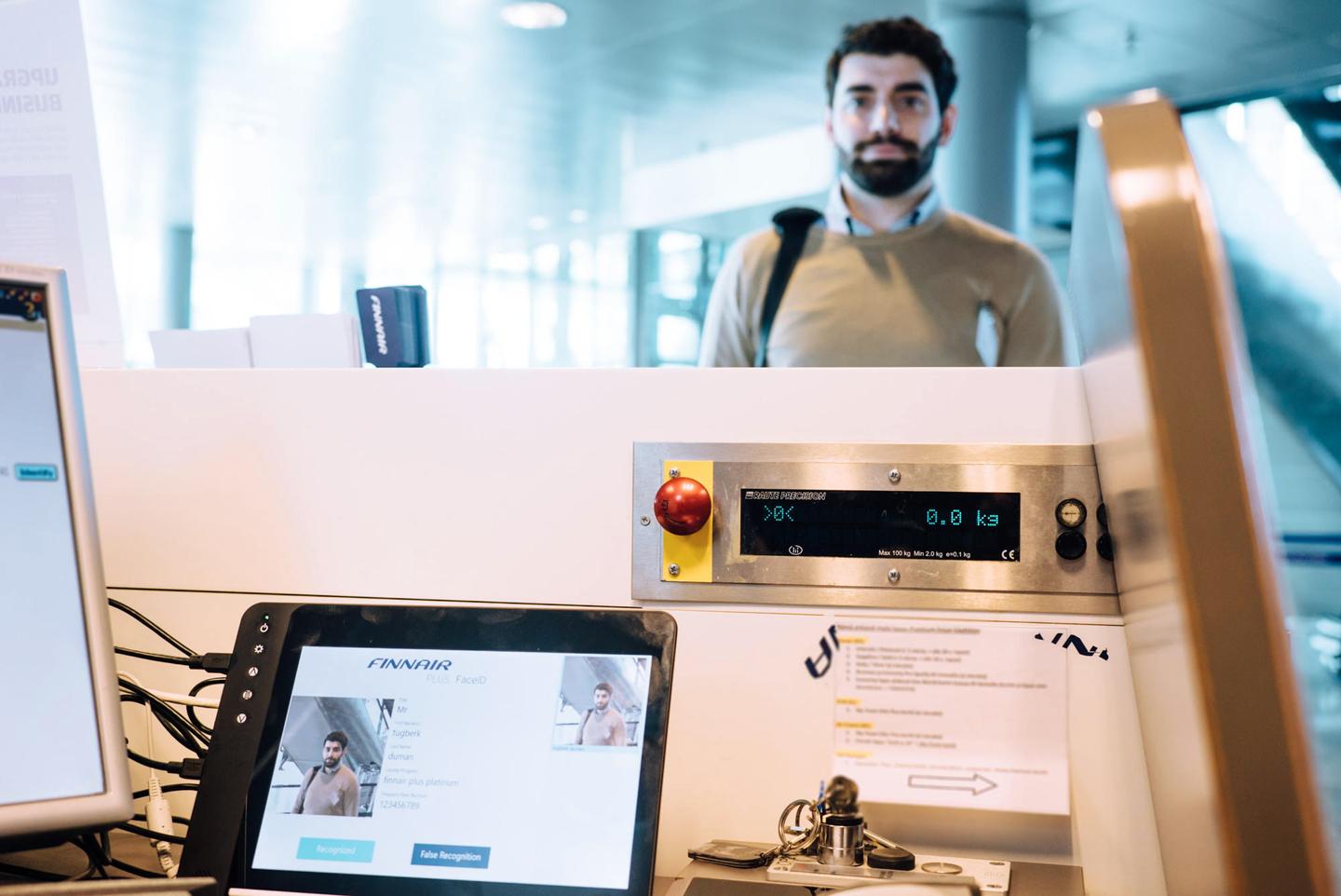Preparing for the perfect storm
When you’re on a boat and it’s rocking, you can’t just stand still. If you do, you’re more likely to run into trouble than if you understand how to maintain your balance and have the skills to do so. Developing resilience in a company is very similar – you need the tools to deal with the situation as it unfolds and you have to take action in plenty of time when trouble might be around the corner.

The first step to resiliency is working together
An integral part of navigating the storm is knowing your ship. You know your internal organization better than anyone. Involving an external party calls for a holistic partnership approach, where you get an outside view, as well as knowledge and insights from previous projects, clients and industries. Experience is the only way to master all the variable forces that act on and affect your ship.
You don’t prepare for a storm by hiring yes-people who promise a smooth sailing when the waters are clearly rough. You need to work together, have an honest understanding of the problem and quickly get everyone on the same mission. When looking at a client brief, we don’t just go away and work on it on our own - it’s about co-creating together with the client – that’s where the magic comes in.
The dream of every skipper might be to one day let go of the tiller and the ship continue to sail smoothly unattended, but the smallest unchecked drift will very much change the ship’s direction over time. This iterative and co-creative work makes sure we’re solving the right problems so we don’t stray from the course in time to avoid these storms.
There is no point in hoping that the sea will ever rest - we just have to know how to sail in high winds and rough waters. Pretending everything is fine when you know better, avoiding difficult conversations and not challenging the status quo doesn’t do anyone any favors in learning to navigate these challenges. As a genuinely holistic partner, we’re not afraid to challenge the brief, nor the problems presented. A lot of times you might think you know what you’re trying to solve, but looking in from the outside, we can see you might either be missing something or that problem you’re focusing on is just the tip of the iceberg. Our client relationships are about working – and succeeding – together. And that's the first step to create resilience.
Honesty and transparency are essential
Knowing the ropes is not enough to co-create resilience on its own. A strategic partnership has to include full transparency. When working with clients, a true partner will build trust by being honest – if you don't need a 2,000-hour dev project, you won’t get one.
In practical terms, that means that the first step before doing anything is starting with a frank and open conversation about what you need and what we can offer - we need to understand each other.
At this point, the next step is to clear the decks. We do this by starting a Service Vision Sprint, an investigative process lasting about six to eight weeks, that digs deeper and figures out the right direction to take, establishes clear deliverables and develops a picture of the problem that needs solving, ending with alignment and usually an MVP or prototype that has clear value and an objective impact on your outcome. This way of working reduces the chances of sailing too close to the wind - for everyone involved.
In an SVS, we help you figure out what you need to become more resilient; mapping technologies, roadmaps, risks and ideas that will take your ship in the right direction.
Our projects follow our own methodology, Lean Service Creation (LSC), which is a hands-on, practical way of working using agile, lean start-up and design thinking. LSC is built around a set of canvases that take you through the necessary steps for creating successful and resilient products and services that go beyond just a flash in the pan. You can put the canvases on the wall so everyone can see what you’re working on, which is an important step towards increased transparency and cultural change and doesn’t leave anyone in the team high and dry.
LSC is about doing things on the smallest possible scale first, so you don’t suddenly find yourself millions of euros into an investment whose value is still unknown. What comes with that is a constant feedback loop – when your service has tested the waters and you have reliable feedback from service users, that gives you greater certainty and added resiliency.
Building resiliency together for an independent future
LSC is a tool you can continue to use by yourself, giving you skills that will help you be resilient in the future, because co-creation empowers you to handle things yourself with your teams. This is another difference between a partnership and a hands-for-hire approach. It's common to see the creation of an artificial need for these services by providing a platform that clients don’t understand and when the external hands leave, the clients are dead in the water. In a strategic partnership, however, the true north of the collaboration with clients is to provide value. You won’t be resilient if you’re reliant on externals in the long term.
It’s also about having a longer-term perspective and building resiliency into the organization, rather than just thinking about projects. For example, it’s important to create an environment that fosters all hands on deck, where the right people want to work and they won’t get burnt out. When we co-create, we’re not just providing technology and skills, we’re acting as a beacon on the market and giving a voice to different stakeholders, revealing the insights needed for future decision making and helping to establish a culture where change can happen. The end goal is resiliency in the face of rough seas, but what’s more important is the tools we provide to help you get there - because smooth seas don’t make good sailors.
Are you interested in building resilience in your organization? Get in touch to discuss how we can work together to get your organization on a stable footing for an uncertain future.
Curious about Lean Service Creation? Download our free handbook here.
 Andreas LindqvistBusiness Director, Futurice
Andreas LindqvistBusiness Director, Futurice




